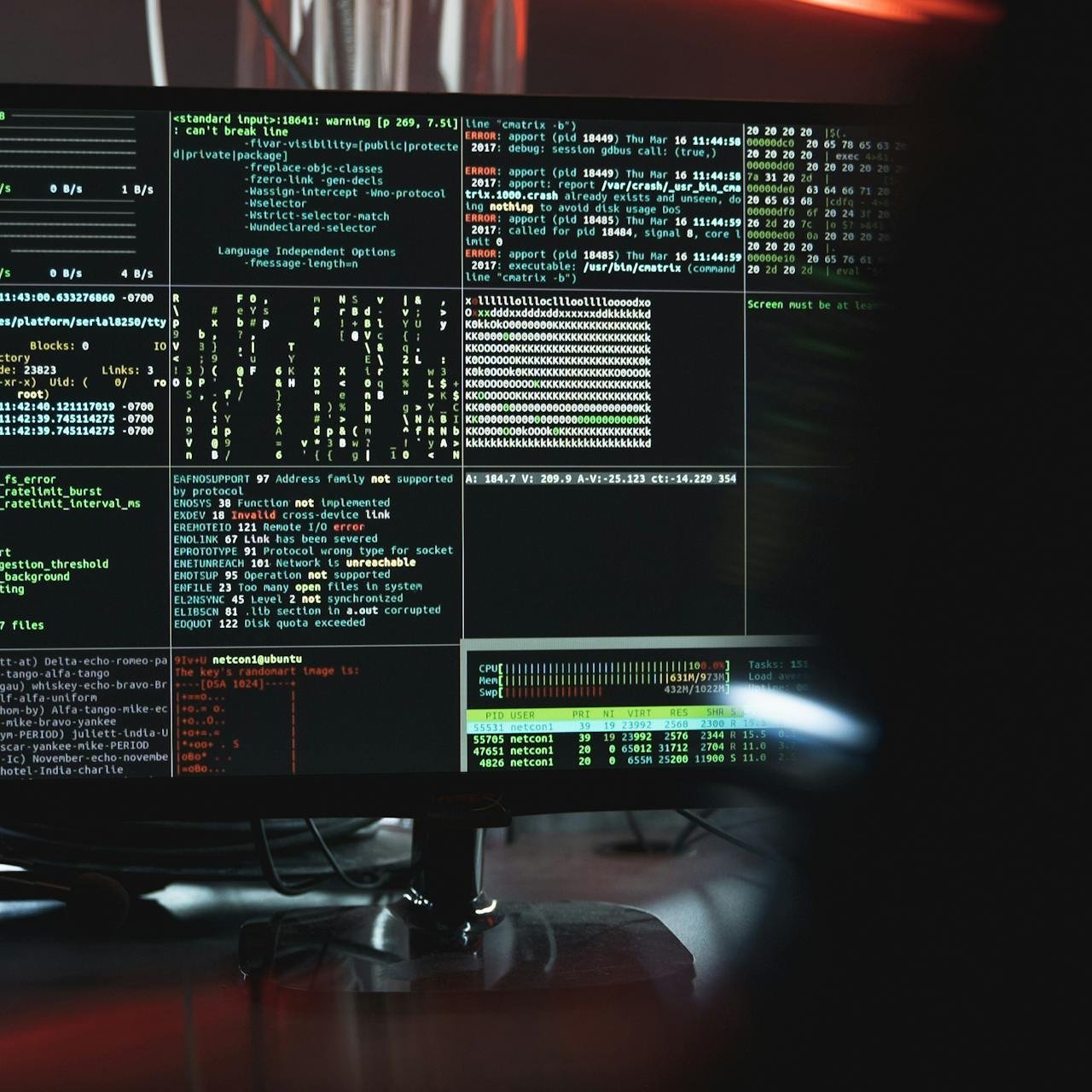Managing risk is a critical aspect of complex technology implementations. As projects grow in scale and complexity, the potential for unforeseen challenges and failures increases significantly. Without a structured approach to risk management, organizations expose themselves to delays, cost overruns, security vulnerabilities, and even complete project failure.
This article explores key frameworks and methodologies that help organizations identify, assess, and mitigate risks throughout complex tech implementations. By adopting proven risk management frameworks, tech leaders can enhance project outcomes, improve stakeholder confidence, and protect organizational assets.
Understanding the Importance of Risk Management in Tech Projects
Complex technology implementations often involve multiple interdependent systems, diverse stakeholder groups, and rapidly evolving requirements. These factors increase uncertainty and risk.
Effective risk management is not just about avoiding failure; it is about proactively identifying potential issues before they become critical. This enables teams to make informed decisions, allocate resources wisely, and maintain project momentum.
By managing risks systematically, organizations can reduce surprises, enhance resilience, and increase the likelihood of delivering projects on time and within budget.
The Risk Management Framework (RMF)
One widely recognized approach is the Risk Management Framework (RMF), originally developed by the National Institute of Standards and Technology (NIST). RMF provides a comprehensive process for managing risks related to information systems and technology.
The framework consists of several key steps:
By following RMF, organizations ensure that risk management is integrated throughout the project lifecycle, not treated as a one-time activity.
Agile Risk Management in Iterative Development
Many tech implementations now follow Agile methodologies, which emphasize iterative development and continuous feedback. Agile risk management frameworks adapt traditional risk practices to fit this dynamic environment.
In Agile projects, risks are identified and evaluated regularly during sprint planning and retrospectives. This continuous risk assessment allows teams to respond rapidly to emerging threats or changes.
Agile risk management encourages transparency and communication, ensuring that risks are visible to all team members and stakeholders. It also promotes a culture of shared responsibility for managing risk, rather than relying solely on dedicated risk managers.
Failure Mode and Effects Analysis (FMEA)
Failure Mode and Effects Analysis (FMEA) is a proactive risk assessment tool commonly used in engineering and manufacturing but increasingly applied in tech implementations. FMEA involves identifying potential failure points within a system and evaluating their impact and likelihood.
Each failure mode is scored based on severity, occurrence, and detectability, producing a risk priority number (RPN). The RPN helps prioritize which risks require immediate attention and mitigation efforts.
Using FMEA enables teams to systematically analyze complex systems, uncover hidden vulnerabilities, and focus resources on high-impact risks before implementation begins.
The Risk Breakdown Structure (RBS)
The Risk Breakdown Structure (RBS) is a hierarchical framework that categorizes risks into logical groups, making it easier to identify and manage them. RBS breaks risks down by source or type, such as technical risks, organizational risks, external risks, and project management risks.
By organizing risks in this way, project teams can develop targeted mitigation strategies for each category. The RBS also improves communication by providing a common language for discussing risks across diverse stakeholders.
In complex tech projects, using an RBS helps ensure comprehensive risk coverage and prevents critical risks from being overlooked.
Incorporating Risk Registers and Heat Maps
A risk register is a central repository that documents all identified risks, their characteristics, and the actions taken to address them. Maintaining a detailed risk register is essential for tracking risk status and ensuring accountability.
Heat maps are visual tools that plot risks based on their probability and impact, making it easier to prioritize mitigation efforts. High-probability, high-impact risks are highlighted for immediate action, while lower-risk items are monitored.
Together, risk registers and heat maps provide transparency and enable data-driven decision-making throughout the project lifecycle.
Integrating Security Risk Management
Security risks are among the most critical in technology implementations, especially with the growing prevalence of cyber threats. Integrating security risk management into the broader risk framework ensures that vulnerabilities are identified early and addressed systematically.
This includes performing threat modeling, penetration testing, and compliance audits as part of the risk management process.
Security risk management also requires collaboration between development, operations, and security teams to create a holistic defense strategy that evolves with the project.
Leveraging Predictive Analytics for Risk Forecasting
Advances in data analytics and machine learning enable organizations to predict potential risks before they manifest. Predictive analytics uses historical data, project metrics, and external indicators to forecast risk likelihood and impact.
By incorporating predictive models into risk management frameworks, tech teams gain early warnings of potential issues, such as schedule delays, budget overruns, or technical failures. This forward-looking approach allows for more proactive risk mitigation and continuous improvement of project management practices.
Fostering a Risk-Aware Culture
A key factor in effective risk management is cultivating a culture that values risk awareness and open communication. Leaders must encourage teams to report risks without fear of blame and reward proactive risk identification and resolution.
Training programs and regular discussions about risk help embed risk management into daily routines. When risk management becomes a shared responsibility, organizations can better navigate uncertainty and complexity.
Continuous Monitoring and Adaptation
Risk management is not a one-time effort but an ongoing process. Continuous monitoring of risk factors, coupled with regular reviews of mitigation effectiveness, ensures that strategies remain relevant as projects evolve.
This adaptability is crucial for complex tech implementations where requirements and environments frequently change. Using automated tools and dashboards can support real-time risk tracking, enabling timely interventions and informed decision-making.
Conclusion
Managing risk in complex technology implementations requires a structured, multifaceted approach. Frameworks such as RMF, Agile risk management, FMEA, and Risk Breakdown Structures provide valuable methodologies for identifying, assessing, and mitigating risks.
Incorporating tools like risk registers, heat maps, security risk management, and predictive analytics enhances visibility and enables data-driven actions. Most importantly, fostering a risk-aware culture and committing to continuous monitoring help organizations navigate complexity with confidence.
By implementing these best practices, tech leaders can reduce uncertainty, improve project outcomes, and deliver robust technology solutions that meet business objectives.








